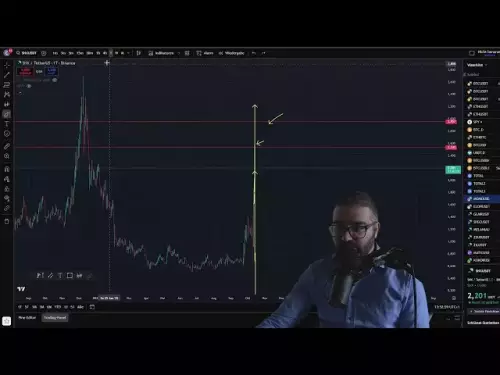-
 bitcoin
bitcoin $115692.075601 USD
5.13% -
 ethereum
ethereum $4162.931611 USD
11.68% -
 bnb
bnb $1310.063287 USD
17.56% -
 tether
tether $1.000983 USD
0.00% -
 xrp
xrp $2.534505 USD
8.16% -
 solana
solana $198.235737 USD
13.49% -
 usd-coin
usd-coin $1.000236 USD
0.02% -
 dogecoin
dogecoin $0.207352 USD
12.89% -
 tron
tron $0.323043 USD
3.62% -
 cardano
cardano $0.701559 USD
11.88% -
 hyperliquid
hyperliquid $39.924597 USD
8.30% -
 chainlink
chainlink $18.934457 USD
11.56% -
 ethena-usde
ethena-usde $1.000552 USD
0.02% -
 stellar
stellar $0.340575 USD
7.05% -
 bitcoin-cash
bitcoin-cash $545.011757 USD
8.86%
Can I connect my Ledger hardware wallet to Exodus Wallet?
Ledger and Exodus integrate securely via USB, allowing users to manage supported cryptocurrencies like BTC, ETH, and ERC-20 tokens without exposing private keys.
Oct 12, 2025 at 01:19 am
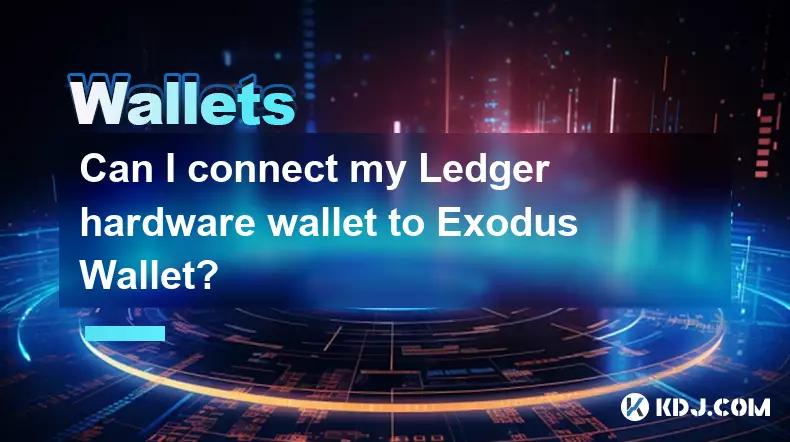
Understanding Ledger and Exodus Compatibility
1. Ledger hardware wallets are designed to provide secure offline storage for cryptocurrencies. They support a wide range of digital assets and allow users to interact with various third-party wallet applications. One such application is Exodus Wallet, which functions as a software-based cryptocurrency wallet with an intuitive user interface.
2. Exodus Wallet supports integration with Ledger devices through the use of browser extensions like Ledger Live or direct connection via USB. This allows users to manage their crypto holdings without exposing their private keys to online environments. The connection process typically involves enabling the relevant app on the Ledger device and confirming access through physical verification on the hardware unit.
3. When connecting Ledger to Exodus, users must ensure both the Ledger firmware and Exodus software are updated to the latest versions. Outdated software may lead to connectivity issues or failed transaction signing. Additionally, only certain cryptocurrencies supported by both platforms can be accessed through this integration.
4. The pairing relies on WebUSB protocols, meaning compatibility depends on the operating system and browser being used. Google Chrome and Microsoft Edge generally offer the most reliable experience due to native WebUSB support. Users on older systems or alternative browsers might encounter difficulties establishing a stable connection.
5. Security remains a top priority during the connection process. Since the private keys never leave the Ledger device, transactions are signed securely within the hardware wallet. Exodus acts purely as an interface, displaying balances and facilitating transaction requests that require explicit approval on the Ledger’s screen.
Supported Cryptocurrencies and Network Limitations
1. Not all tokens available in Exodus Wallet can be managed through a Ledger device. Only those explicitly listed in both Ledger’s official asset list and Exodus’ supported coin directory are accessible when connected. Examples include Bitcoin (BTC), Ethereum (ETH), Litecoin (LTC), and select ERC-20 tokens.
2. Some newer or less common blockchains may not have full support even if they appear in one platform's interface. For instance, certain Solana-based tokens might show up in Exodus but fail to sync properly with Ledger due to incomplete firmware integration.
p>3. Network fees and transaction speeds depend on the underlying blockchain rather than the wallet interface. However, incorrect network selection—such as sending funds via BEP-20 instead of ERC-20—can result in lost assets. Users should double-check network settings before authorizing any transfer from Exodus using their Ledger.
4. Multi-signature wallets or advanced DeFi interactions are generally unsupported through this setup. While basic sending and receiving functions work seamlessly, more complex operations involving smart contracts often require dedicated tools like MetaMask in combination with Ledger.
5. Token detection in Exodus may sometimes lag behind actual deposits. If a recently transferred asset does not appear immediately, refreshing the wallet view or manually adding the token contract address might resolve the issue, provided it is compatible with the Ledger connection.
Troubleshooting Connection Issues
1. A common problem occurs when the Ledger device fails to be recognized by Exodus. Restarting both the computer and the Ledger, then reopening Exodus after unlocking the device, usually resolves temporary detection errors.
2. Browser permissions play a crucial role. Users must grant Exodus permission to access USB devices upon first connection. Denying this request or having pop-up blockers enabled can prevent successful pairing.
3. Conflicting applications running in the background—such as other wallet interfaces or antivirus software—may interfere with USB communication. Closing unnecessary programs improves the likelihood of a stable link between Ledger and Exodus.
4. Firmware mismatches can cause unexpected behavior. Checking for updates in Ledger Live ensures the device operates under optimal conditions. Similarly, updating Exodus to the newest release patch addresses known bugs affecting hardware wallet integrations.
5. In rare cases, corrupted cache data within Exodus can disrupt hardware recognition. Clearing the application cache or reinstalling Exodus while preserving the recovery phrase restores functionality without compromising fund security.
Frequently Asked Questions
Can I use my Ledger Nano S with Exodus on mobile?Exodus mobile does not currently support direct Ledger connections. Hardware wallet integration is limited to the desktop version of Exodus running on Windows, macOS, or Linux systems.
What happens if I lose my Exodus wallet data?Your funds remain safe as long as you have your Ledger device and its recovery phrase. Exodus stores no private keys; all access depends on the Ledger’s secure element. Reinstalling Exodus and reconnecting the Ledger will restore your portfolio view.
Does connecting Ledger to Exodus expose my private keys?No, your private keys never leave the Ledger device. All transaction signing occurs internally on the hardware wallet, ensuring maximum security even when used with third-party software like Exodus.
Why doesn’t my ERC-20 token show up in Exodus when connected to Ledger?Not all ERC-20 tokens supported by Ledger are automatically displayed in Exodus. You may need to manually add the token using its contract address within Exodus, provided it is among the tokens recognized by both platforms.
Disclaimer:info@kdj.com
The information provided is not trading advice. kdj.com does not assume any responsibility for any investments made based on the information provided in this article. Cryptocurrencies are highly volatile and it is highly recommended that you invest with caution after thorough research!
If you believe that the content used on this website infringes your copyright, please contact us immediately (info@kdj.com) and we will delete it promptly.
- XRP Price Prediction: Weekend Rollercoaster or Rally?
- 2025-10-12 08:45:16
- Bittensor (TAO): Super Bullish Signals Point to Potential 2x Rally
- 2025-10-11 10:25:12
- Silver Price Correction: Navigating the Dip & Identifying Key SEO Keywords
- 2025-10-11 10:25:12
- Decoding Crypto Trends: Bittensor's Bull Run, Cardano's Dip, and LivLive's Presale Buzz in 'Uptober 2025'
- 2025-10-12 08:45:16
- MoonBull: The Crypto Meme Coin Promising 1000x Gains?
- 2025-10-11 10:30:01
- Crypto Payroll Revolution: Stablecoins, Altcoins, and the Future of Salary Payments
- 2025-10-11 10:30:01
Related knowledge
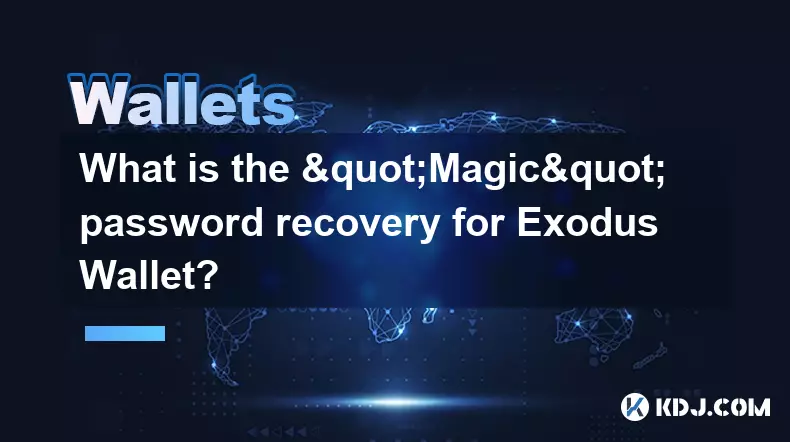
What is the "Magic" password recovery for Exodus Wallet?
Oct 13,2025 at 05:36pm
Magic Password Recovery in Exodus WalletExodus Wallet does not have a feature known as 'Magic' password recovery. The term might be misleading or misi...
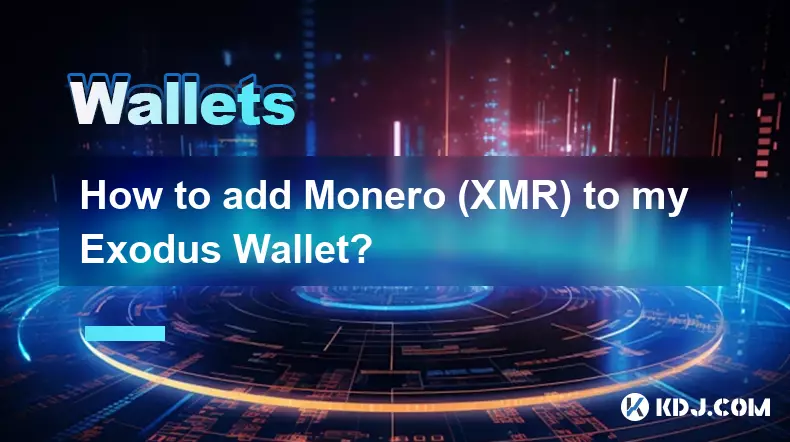
How to add Monero (XMR) to my Exodus Wallet?
Oct 10,2025 at 07:55am
Adding Monero (XMR) to Your Exodus WalletExodus Wallet supports Monero, one of the most privacy-focused cryptocurrencies available. Adding XMR to your...

How to change the theme or skin of my Exodus Wallet?
Oct 13,2025 at 05:18pm
Understanding Exodus Wallet CustomizationExodus Wallet is known for its user-friendly interface and vibrant design elements. One of the appealing feat...
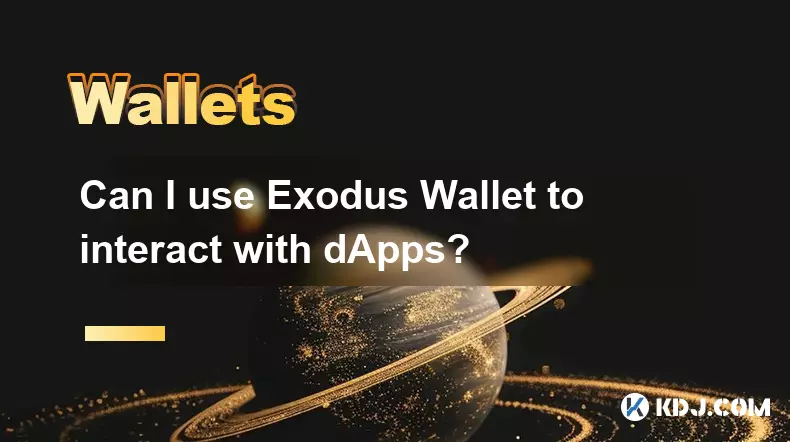
Can I use Exodus Wallet to interact with dApps?
Oct 10,2025 at 01:18pm
Exodus Wallet and dApp Integration1. Exodus Wallet has evolved into a multi-chain cryptocurrency wallet that supports a growing number of blockchains,...

How to find my Dogecoin (Doge) address in Exodus Wallet?
Oct 10,2025 at 09:01am
Finding Your Dogecoin Address in Exodus WalletExodus Wallet is a popular choice for storing various cryptocurrencies, including Dogecoin (DOGE). It of...
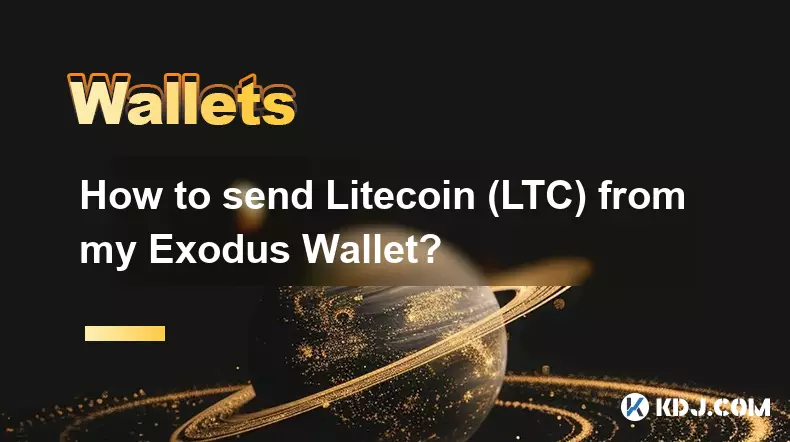
How to send Litecoin (LTC) from my Exodus Wallet?
Oct 13,2025 at 01:54am
Sending Litecoin from Exodus Wallet: A Step-by-Step Guide1. Open the Exodus Wallet application on your desktop or mobile device and unlock your wallet...

What is the "Magic" password recovery for Exodus Wallet?
Oct 13,2025 at 05:36pm
Magic Password Recovery in Exodus WalletExodus Wallet does not have a feature known as 'Magic' password recovery. The term might be misleading or misi...

How to add Monero (XMR) to my Exodus Wallet?
Oct 10,2025 at 07:55am
Adding Monero (XMR) to Your Exodus WalletExodus Wallet supports Monero, one of the most privacy-focused cryptocurrencies available. Adding XMR to your...

How to change the theme or skin of my Exodus Wallet?
Oct 13,2025 at 05:18pm
Understanding Exodus Wallet CustomizationExodus Wallet is known for its user-friendly interface and vibrant design elements. One of the appealing feat...

Can I use Exodus Wallet to interact with dApps?
Oct 10,2025 at 01:18pm
Exodus Wallet and dApp Integration1. Exodus Wallet has evolved into a multi-chain cryptocurrency wallet that supports a growing number of blockchains,...

How to find my Dogecoin (Doge) address in Exodus Wallet?
Oct 10,2025 at 09:01am
Finding Your Dogecoin Address in Exodus WalletExodus Wallet is a popular choice for storing various cryptocurrencies, including Dogecoin (DOGE). It of...

How to send Litecoin (LTC) from my Exodus Wallet?
Oct 13,2025 at 01:54am
Sending Litecoin from Exodus Wallet: A Step-by-Step Guide1. Open the Exodus Wallet application on your desktop or mobile device and unlock your wallet...
See all articles





















